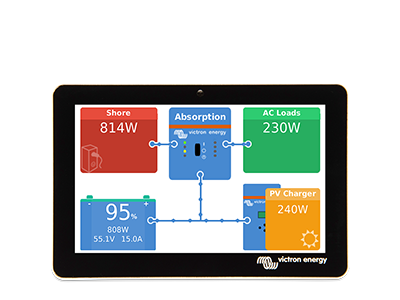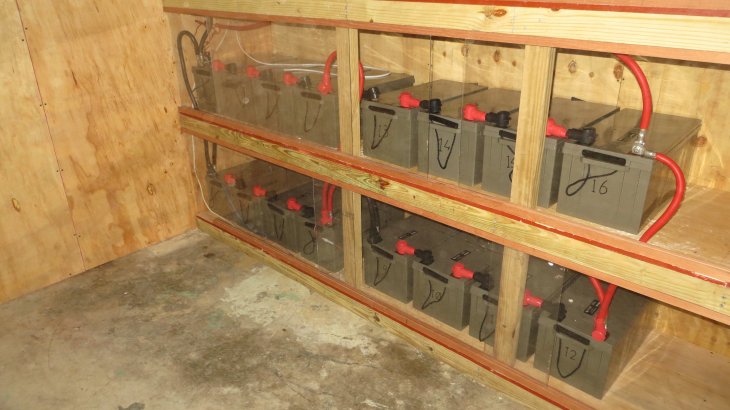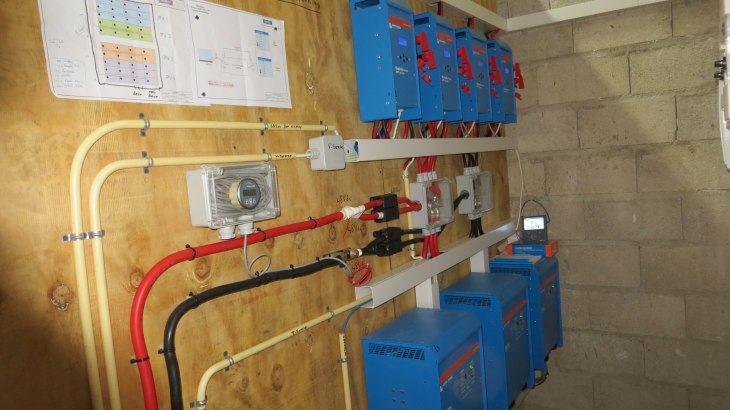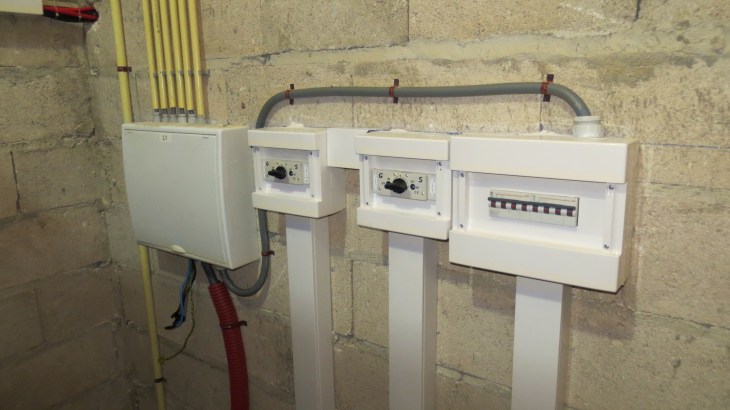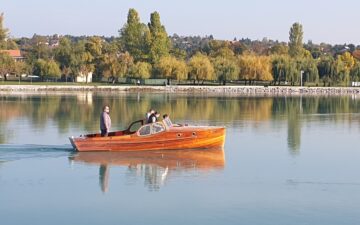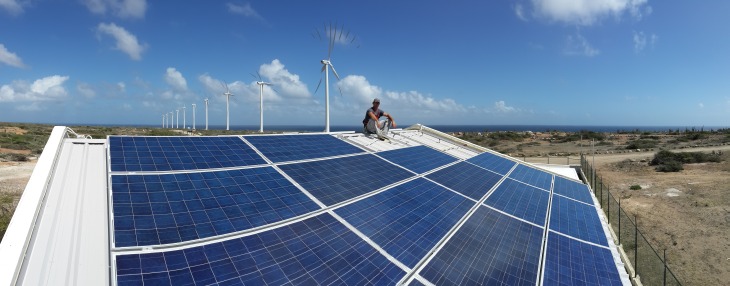
The Vader Piet Windpark is situated on the island of Aruba, which makes up one of the four constituent countries that form the Kingdom of the Netherlands. Aruba is located 15 miles north of Venezuela in the warm waters of the southern Caribbean.
According to the official Aruba tourism authority website, “Aruba is home to beautiful white-sand beaches, 30-degree Celsius days, and some of the warmest people in the world. Our island is 19.6 miles long and 6 miles across, with a total area of 70 square miles. We’re located just below the hurricane belt, and unlike many islands in the Caribbean, our climate is dry, so we rarely have a rainy day.”
Solar solution
The description above sounds like a perfect place for a solar installation and indeed it is. Recently Rob Fijn, got in touch to update us on this solar project after its initial year in operation.
But why you may ask was an off-grid solar system required in a windpark in the first place? Two years ago Imtech Marine Curacao NV received a request to provide a solution for an off-grid solar installation for NuCapital, to support the windpark onsite maintenance team working on the 10 x 3.0 MW Vestas V-90 turbines. The turbines have been operational since December 31, 2009, but the maintenance team office and workshop had no grid connection and it was too far away from any other grid supply. A solar solution was clearly the best option, plus the existing generator could provide back-up for the proposed solar system.
Design brief
The electricity supply requirements were for:
- An office/workshop with 3 split air conditioning units, fridge, microwave, coffee machine, printer plus small hand tools
- Office work to be carried out mainly in the daytime
- At night, batteries will be required for the lighting, fridge and one or possibly two air conditioning units
- This is also to ensure that the day time maintenance crew have cool drinks and ice, as the temperatures inside the wind turbines can reach 45 °C at 10:00 am
Equipment specified
In considering the above, 80m² of solar panels were specified and fitted to a sloping roof, as shown in the headline image above. The full list of equipment used is:
- 40 x 280W-24V BlueSolar Polycrystalline panels
- 4 x BlueSolar MPPT 150/70 Charge controllers
- 3 x Quattro 120/5000/70 (3-phase) Inverter/Charger
- 16 x 12 Volt/220Ah Victron Energy Deep Cycle GEL batteries
- 1 x BMV-600s series battery monitor (now BMV-700 Series)
- 1 x Color Control GX for local and remote system monitoring
The 40 solar panels are split into 4 groups to stay within the maximum voltage and current of the BlueSolar MPPT 150/70 Charge controllers. To learn more about this see the blog post: Matching solar modules to MPPT charge controllers, which includes the handy MPPT Calculator excel sheet to assist in system design.
Based on this, the 4 groups of panels are further split into 2 groups of 8 panels (2 in parallel and 4 in series) and 2 groups of 12 panels (3 in parallel and 4 in series). The small group is also placed at the highest point of the roof, to take advantage of sunrise and sunset.
GEL Battery installation
Turbine maintenance requires the use of electronics that must be stored in a controlled climate. The room for this proved to be a perfect location for the GEL batteries, as a split unit inverter air conditioning unit maintains the room at a constant 24 °C, which is a perfect temperature to maintain 100% battery capacity.
MPPT & Quattro installation
The 4 MPPTs are shown at the top of the photograph below with the DC break switches next to them. The DC voltage positive and negative is shown in the center of the photograph, with the take off to the left going to the batteries, which are behind the partition wall.
The DC supply then goes to 3 Quattros shown at the bottom of the photograph. The Quattros are connected together to provide 3-phase 120V/60Hz.
System redundancy is also catered for in case the office is ever required to be powered directly from the generator, as there can be no downtime for the customer. With two manual switches, shown below, the whole PV system can be bypassed and the generator fed directly to the AC distribution panels.
The Victron Remote Management (VRM) online monitoring portal has proved to be perfect for the customer, plus nothing goes unnoticed. For example, a company installed a new air conditioning unit for the office and this was noticed immediately via the VRM, as L3 showed there was negative power on that line of -93 Watts outside working hours. The air conditioning company were recalled, the problem explained and corrected. Just one of the benefits of 24/7 remote monitoring.
Conclusion
Over the last year and four months the system has run perfectly and proved itself as a robust and reliable solution. Even in tests to replicate a fault such as a shut down in the backup generator, the Quattros continue to supply power via the GEL batteries until such time as the batteries reach a critically low voltage. To protect the batteries the Quattros then automatically shut down the load. When the sun starts to shine, the system then comes alive again as the MPPTs charge the batteries and the Quattros automatically switch the load on again.
If you have an interesting project like this, do let us know and I’ll be happy to write a blog for you.
Credits
Thanks to Rob Fijn for the technical information and photographs. Rob is based on Aruba and designed and installed this key off-grid solar system. Rob works for Imtech Marine Curacao NV, who are a Victron Energy distributor. Rob can be contacted at: rob.fijn@imtechmarine.com
Thanks also to Gerrit Jacobs, Sales Manager for Victron Energy in Latin America and the Caribbean, who provided technical support. Gerrit is based in Panama and he can be contacted at: gjacobs@victronenergy.com



